Chinese Budget RGB LED TV Rated ‘Beyond Expectations,’ Samsung’s Two-Decade Reign Under Threat
Input
Modified
President Yong Seok-woo: “No plans to launch RGB Mini LED TV” Chinese RGB Mini LED picture quality exceeds expectations, approaching OLED Concerns over disruption to Samsung’s premium-oriented TV strategy
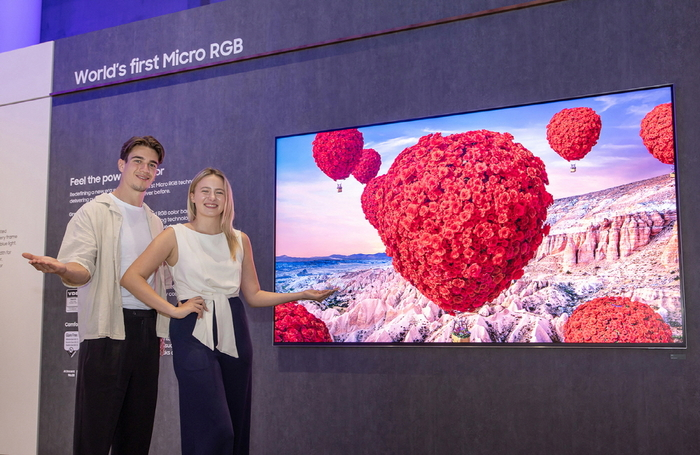
China’s pursuit in the global display market is intensifying. In televisions, Chinese firms are leveraging RGB Mini LED to encroach on the premium liquid crystal display (LCD) segment, while simultaneously boosting organic light-emitting diode (OLED) penetration in panels, putting Korean companies under mounting pressure. Samsung, which has opted to eschew direct competition in the mainstream RGB LED TV category in favor of a high-end lineup, now faces skepticism as Chinese manufacturers’ RGB Mini LED sets garner stronger-than-expected reviews, undermining the viability of its premium-focused strategy.
Samsung Differentiation through High-End RGB LED TV Lineup
According to the electronics industry on the 17th, Yong Seok-woo, President of Samsung Electronics’ Visual Display (VD) Business Division, stated at IFA 2025 in Berlin: “We have no plan to directly engage with Chinese firms by releasing RGB Mini LED TVs. Instead, we will sustain our premium positioning by diversifying screen sizes within our RGB LED TV high-end lineup.”
RGB LED TVs retain the structure of conventional LCD TVs, which apply red (R), green (G), and blue (B) color filters to LCD panels. They are “non-self-emissive” products that require an external light source, but differ from standard Mini LED-LCD TVs by employing RGB LEDs in the backlight unit (BLU) instead of white LEDs. Using RGB LEDs enhances color reproduction and contrast compared to white LED backlighting.
Depending on diode size and density, RGB LED TVs split into high-end Micro LED models and more affordable Mini LED models. Chinese manufacturers are targeting the mass market with RGB Mini LED TVs, while Samsung is pursuing a Micro LED-based high-end strategy. Last month, Samsung launched its 115-inch RGB Micro LED TV, with a U.S. debut imminent. Additional 75-inch, 85-inch, and 98-inch variants are planned for sequential rollout across major global markets.
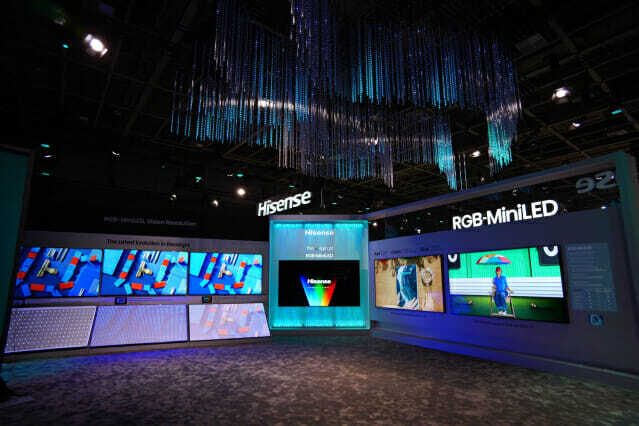
China Accelerates with Government-Backed RGB Mini LED
Samsung’s strategic recalibration reflects China’s rapid incursion into not only mass and midrange segments but also the premium tier. Until recently, Samsung preserved its premium market share through differentiation via artificial intelligence (AI) functionality, subscription services, OLED adoption, and ultra-large formats. While Chinese firms expanded in the mass LCD segment, premium demand remained insulated. That calculus, however, is shifting as Chinese brands leverage cost competitiveness and economies of scale to seize premium share as well.
At IFA 2025, Chinese firms drew global attention with enhanced technology and pricing. Hisense, now closing in on Samsung and LG in global TV market share, showcased its July-launched RGB Mini LED TV under banners proclaiming “The Origin of RGB Mini LED TV” and “World’s Largest 116-inch.” Central to its booth was a FIFA sponsorship zone broadcasting matches in advance of the 2026 North and Central America World Cup, underscoring confidence in vivid color delivery.
At a press roundtable, Hisense emphasized size and energy efficiency. CEO Denis Lee of Hisense Visual Tech noted: “AI reduces halo effects by around 60% and increases brightness by 20%, while cutting blue light by 42%. Many attempted RGB LED TVs but failed to mass produce; Hisense succeeded through chipset technology.”
TCL, likewise raising its market share, installed a 163-inch RGB Mini LED TV at the center of its exhibit. TCL executives highlighted its 24.88 million LEDs and peak brightness of 10,000 nits, underscoring dominance by size and specifications. Scott Ramirez, TCL Vice President, said: “TCL continues major investment in RGB Mini LED. Our latest TVs employ ultra-high-power LED chips with precision optical lens technology for refined light control.” TCL stressed that it recorded the largest increase in North American TV market share last year.
China is now positioning Mini LED as a counter-technology to OLED. By deploying local dimming zones to adjust brightness in blocks, it mitigates LCD’s inherent weaknesses and elevates contrast, directly challenging OLED image quality. With state subsidies and domestic demand underpinning rapid production scale-up, China is accelerating market penetration. While consensus still holds that RGB LED TVs fall short of OLED’s superiority, market dynamics diverge: RGB LED TVs outperform Mini LED LCDs but fall below OLED, carving a mid-tier niche. They appeal to consumers seeking premium quality without OLED’s prohibitive price tag.
Global Leadership at Risk, Samsung Could Cede Crown to China Next Year
Samsung is betting on the high-end to maintain a lead over Chinese rivals, but doubts persist about its commercial sustainability given prohibitive costs. Samsung’s 115-inch RGB Micro LED TV is priced at $32,700—higher even than technologically superior OLED models—and sales are confined to the U.S. and South Korea.
Industry observers warn that Samsung risks eroding competitiveness across both mass and premium segments if it underestimates Chinese progress in refining RGB Mini LED picture quality. Without clear differentiation, consumers may balk at paying four to five times more for Samsung’s Micro LED when Chinese RGB Mini LEDs narrow the performance gap.
Such dynamics threaten Samsung’s long-standing dominance. Since first achieving global TV sales leadership in 2006, Samsung has held the top rank for 19 consecutive years through continuous innovation in technology and design, as well as ecosystem synergies across its devices. Yet forecasts now suggest it could yield its crown to Chinese competitors as early as next year. According to display research firm UBI Research, Samsung’s TV shipments have declined from 50 million units in 2020 to the mid-30 million range last year. Projections indicate Hisense will surpass Samsung next year, with TCL overtaking it by 2028.


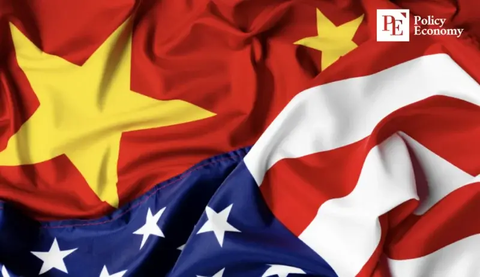
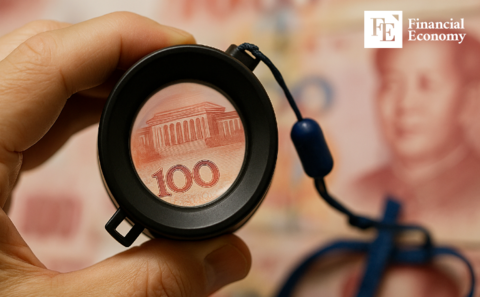

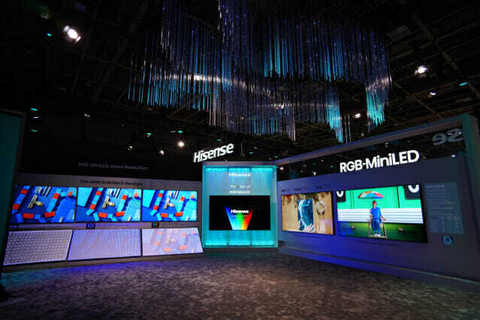



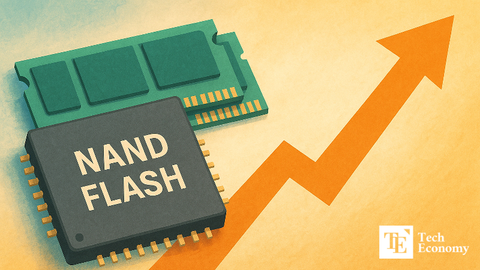












Comment